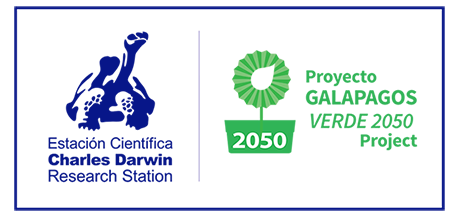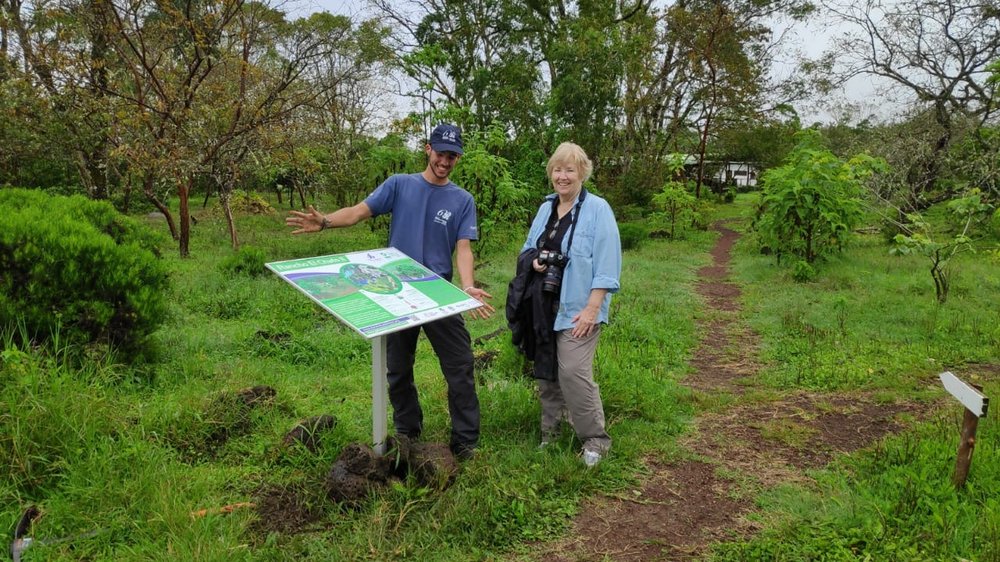
Author: Rebecca Ditgen
I am nearing the end of six months of volunteering for the Galapagos Verde 2050 (GV2050) project. I’m unusual here, where most volunteers are young, eager to try something new and capable of the strenuous field work needed by the project. I’m at the other end of my career, a retired wildlife ecologist with decades of wonderful fieldwork behind me. I came to volunteer here together with my husband who volunteered in the CDF Herbarium.
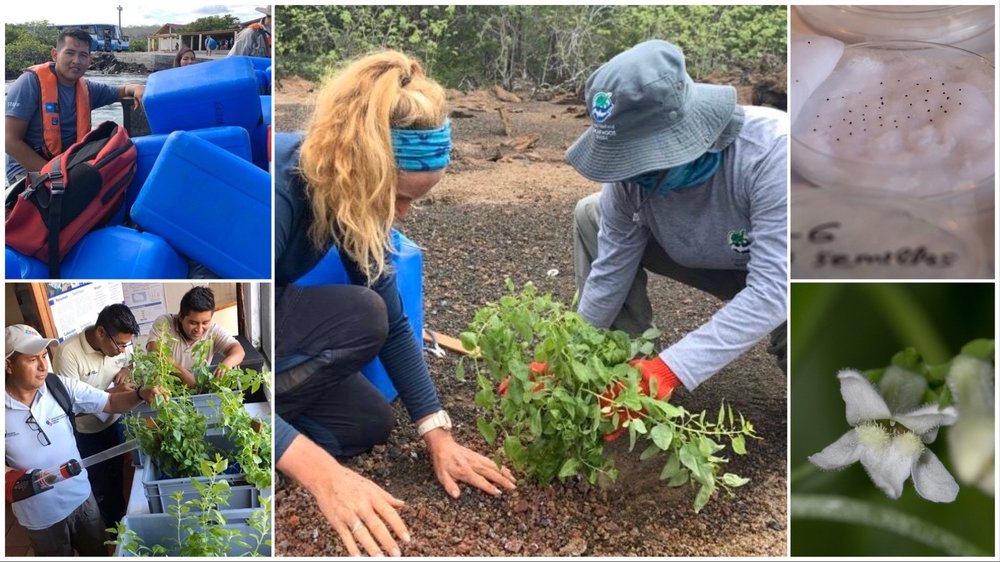
In my time here, I’ve become well acquainted with both the GV2050 project and the staff and volunteers who work for the project. Both are deserving of praise. The GV2050 project works to restore damaged plant communities in Galapagos, among other activities. Such a task requires a mountain of work and planning, from planting seeds and raising them, to getting them planted and growing in sites and environments across seven Galapagos islands, some quite remote and with harsh working conditions. It is much more difficult than it sounds because freshwater is often scarce, the ground not particularly generous, and the scale of the work, to be really impactful, must be large. That means moving thousands of plants from shade houses in Santa Cruz, through inspections and quarantines, onto boats, into a site on another island and then planted. And this generally involves obtaining water and then carrying it, thousands of liters, to the planting sites.
While the efforts and scale of the planting projects are impressive, I am truly excited and encouraged to see the move the project is making to adaptive management in all phases of their work. They are asking the difficult questions and gathering the immense data needed to answer them. They want to know what works best, what technologies, what schedules, what methods of growing seedlings, what species are most needed and most successful. It is having the good sense to be willing to ask, “Are we doing the right things?”, “How can we make it better?”. This involves collection and analysis of data on each plant at each site, taking measurements and undertaking regular monitoring. It is more than good intentions and hard work, but good science through correct data analysis as well. So now, as the project moves along, the team is doing more than putting plants in the ground, they are learning how to do it right, efficiently and effectively.
In addition to the strenuous fieldwork, they dedicate time to the publication of scientific material, as ultimately, they are creating a scientifically based protocol for replanting damaged areas of Galapagos that other institutions may eventually implement (to learn more, here is a link to their most recent publication about the effectiveness of water-saving technologies on the restoration of endemic prickly pear cacti of the Galapagos).
It’s good for the project and good for the team members because the science of decision making — of questioning methods and outcomes — has become a part of their education here and, hopefully, a part of their future work wherever they go. The name speaks for itself, a green healthy vision of Galapagos, focused on the future of the archipelago by using adaptive management to continue improving our impact in positive ways across these islands.
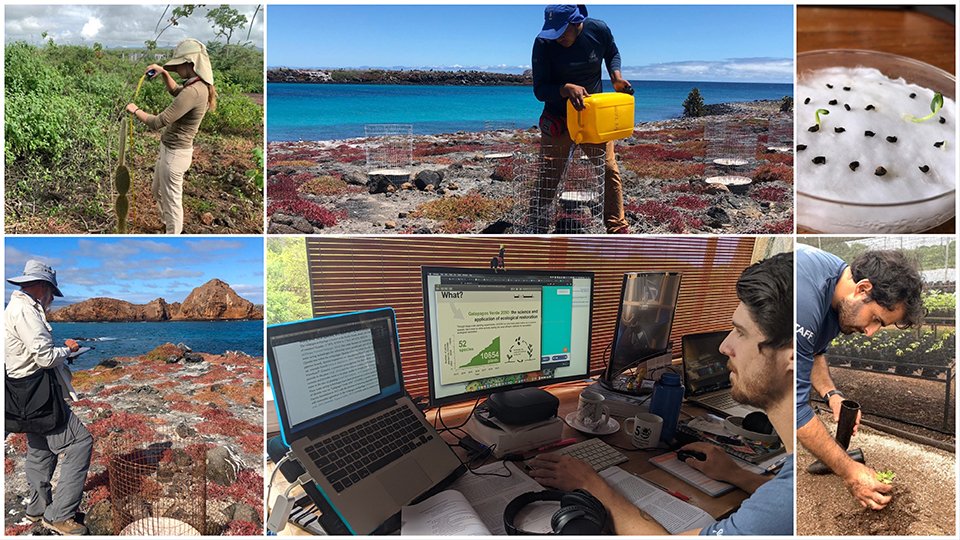
Getting to know the team of GV2050 has been a gift. They are kind and generous individuals, but they are also an incredible team. They work together harmoniously, supporting one another, and sharing their joys and efforts through a flood of photos and remarks. They are a new generation with an old and familiar fire, the desire and need to help restore the Earth from injuries both past and present. Now they have the means to not only put plants in the ground, but to also pass on to others the methods of doing that effectively and efficiently.
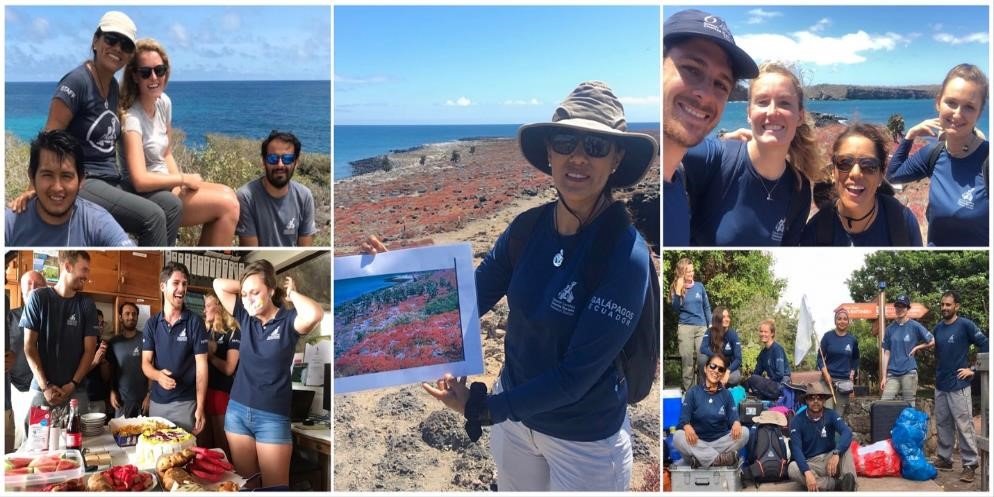
Now they have the means to not only put plants in the ground, but to also pass on to others the methods of doing that effectively and efficiently.
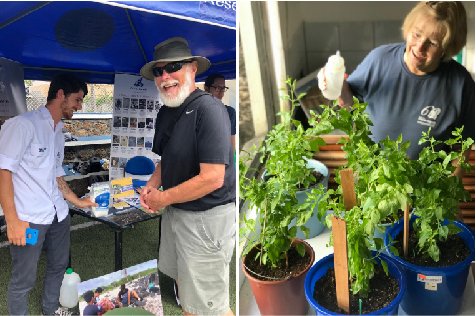
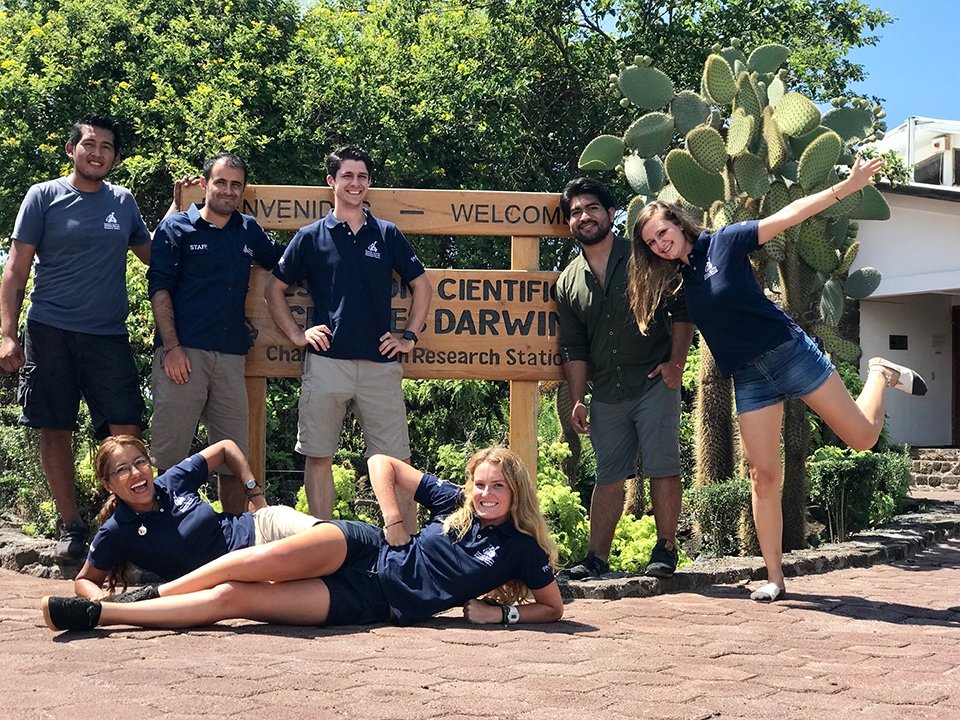
GV2050 project is implemented in collaboration with the Charles Darwin Foundation and Galapagos National Park Directorate. The project is financially viable thanks to the support of the COmON Foundation and Green Fund of Japan.
I would like to thank GV2050 members Patricia Jaramillo Díaz, Luka Negoita and Esme Plunkett with the blog revisions and translation. You can read more about some of our results of the endemic Opuntia species restoration here: https://www.darwinfoundation.org/en/publications/galapagos-verde-2050
